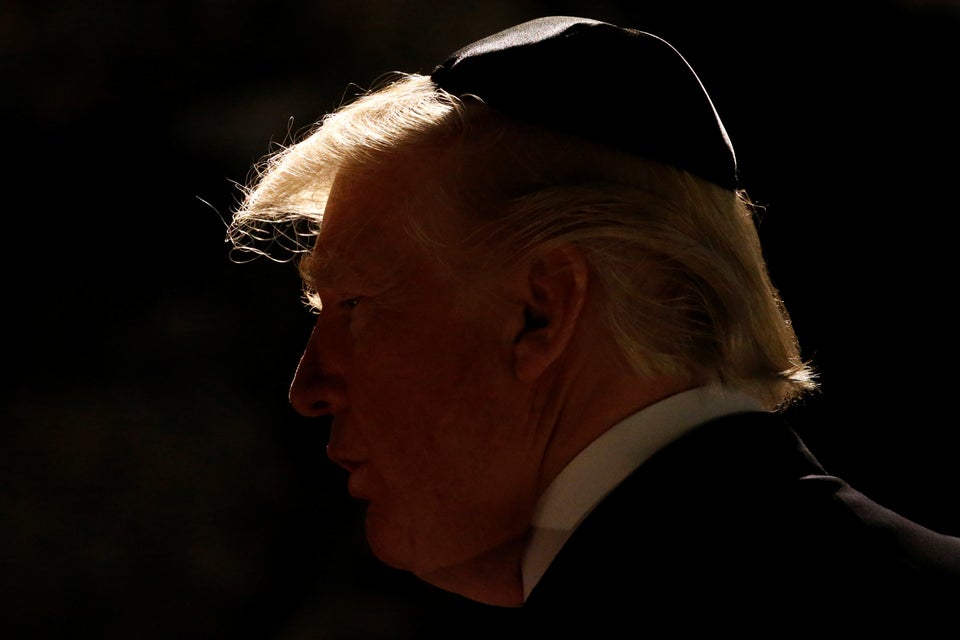The health care reform bill approved by House Republicans would make a lot of big changes to the health insurance market ― and one of the biggest would be felt in just months if President Donald Trump gets his wish to sign into law.
As the Congressional Budget Office found in its analysis of the American Health Care Act, the health insurance premiums paid by those who get their coverage directly from an insurer or via an exchange like HealthCare.gov would rise by an average of 20 percent in 2018.
To illustrate what that would look like in local communities, the Century Foundation, a self-described progressive think tank, created an interactive map showing how the House-passed bill would affect unsubsidized insurance prices in every county for a 40-year-old consumer. The think tank conducted its analysis using the CBO report and pricing data compiled by the Henry J. Kaiser Family Foundation.
In Alaska, where health insurance premiums already are among the highest in the nation, rates would increase by more than $2,200 a year in every county, according to the Century Foundation. Several counties in Arizona and Nebraska would be in line for hikes of more than $1,500. In northern and eastern Maine, premiums would rise by $1,254.
Under the American Health Care Act, major parts of the Affordable Care Act ― the 2010 law enacted by President Barack Obama ― would remain in place until 2020, including the health insurance exchanges and its tax credit subsidies for low- and middle-income households.
But because the GOP bill would retroactively rescind the ACA’s individual mandate to 2016, the Congressional Budget Office expects fewer healthy people with low medical costs would buy coverage, leading insurance companies to increase premiums to cover the higher costs of those older and sicker people who would continue to purchase policies.
The Affordable Care Act’s tax credits would shield the lowest-income consumers from these premium increases ― as they have since 2014 ― so people who receive smaller tax credits or no financial assistance at all would bear the full brunt of the higher prices. This, too, would lead fewer people to get covered.
House Speaker Paul Ryan (R-Wis.), Trump and other Republicans supportive of the American Health Care Act have strongly emphasized the rate increases that consumers experienced under the Affordable Care Act, and highlight the Congressional Budget Office findings that average premiums would be lower after 2020 under the GOP legislation.
Both of those things are true, and the reasons reflect the very different priorities of the Democrats and Republicans who wrote those respective bills.
Premiums rose for ACA-regulated plans relative to those available on the market before mostly because insurers can’t reject people with pre-existing conditions or charge them extra and must provide a robust set of basic medical benefits.
In other words, prices rose under the Affordable Care Act because more comprehensive insurance became available to more people, including those in greatest need.
Premiums eventually would come down under the AHCA, according to the CBO, because the bill would allow states to permit insurers to resume charging sick people extra, driving them from the market and into uninsurance, and leaving a pool of younger, healthier people with lower health care costs behind to pay lower prices. The Republican bill also would allow states to let insurers go back to selling bare-bones policies that exclude major benefits, including prescription drugs and maternity care. And the bill’s tax credits are much smaller for most people than the ACA’s, and are pegged to age, not income, making them far less valuable to poor families.
In other words, prices would fall because skimpier insurance would return to the market and be available to fewer people, which wouldn’t include those with the greatest need.

